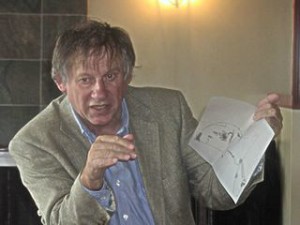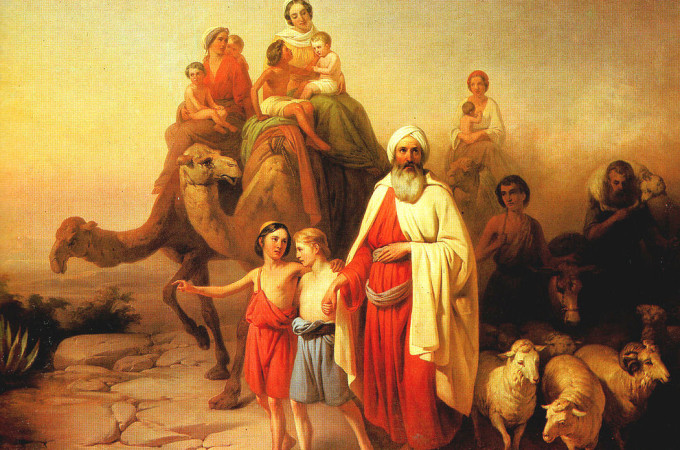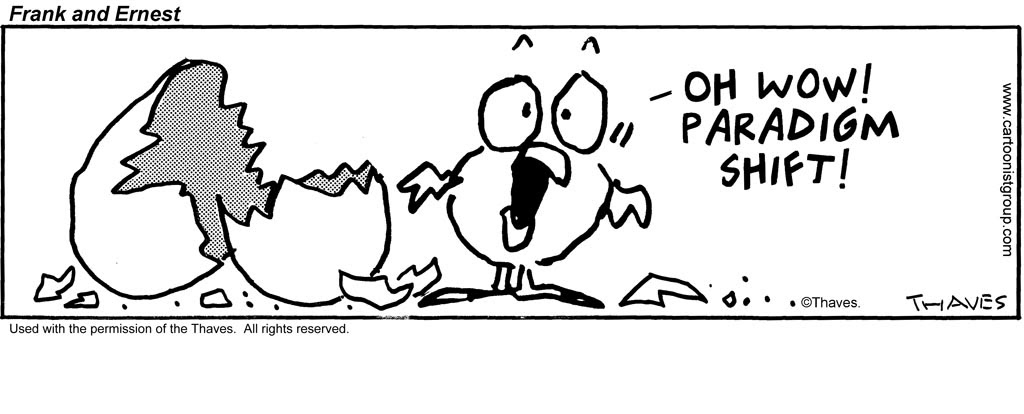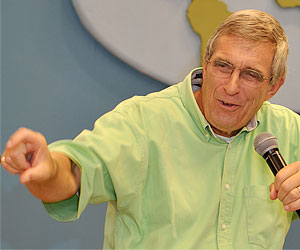Painting of Abraham’s Departure by József Molnár
For he was looking forward to the city with foundations, whose architect and builder is God.
At the end of history a city will arise whose Architect and Builder is God. The Creator who conceived, designed and built our earthly home, is also the architect and builder of the City of God, our heavenly home.

Christopher Alexander, architect, writer, and professor emeritus of Architecture at the University of California, writes that his half century as an architect and student of creation has persuaded him not only of God’s existence but of some vital link between God and architecture.
It has taken me almost fifty years to understand fully that there is a necessary connection between God and architecture, and that this connection is, in part, empirically verifiable. Further, I have come to the view that the sacredness of the physical world—and the potential of the physical world for sacredness—provides a powerful and surprising path towards understanding the existence of God, whatever God may be, as a necessary part of the reality of the universe. If we approach certain empirical questions about architecture in a proper manner, we will come to see God.
His confession that the reality of God’s existence, and the relationship between God and architecture, are empirically verifiable is stunning. Equally striking is the break he makes on two fronts. He moves away from the naturalistic philosophers of his generation and profession that deny the existence of the sacred. He also challenges the dualistic sacred/secular divide that characterizes most Christians.
Alexander’s statement that “the sacredness of the physical world—and the potential of the physical world for sacredness—provides a powerful and surprising path towards understanding the existence of God” is brilliant. Few people have written so beautifully and succinctly about these ideas. The secularists deny the sacred all together. Many Christians acknowledge the sacred but divide it from nature.
Alexander, for his part, proclaims:
– The sacredness of the natural world
– The potential of the physical world for sacredness
– These realities reveal the existence of God
Alexander’s words mimic the Apostle Paul’s apologetic in Romans 1: 19 -20:
… since what may be known about God is plain to them, because God has made it plain to them. For since the creation of the world God’s invisible qualities—his eternal power and divine nature—have been clearly seen, being understood from what has been made, so that people are without excuse.
Paul argues that God has revealed himself through his creation. Theologians call this general revelation – knowledge available to all human beings. Paul argues that we can know two things from creation: 1) that God exists, and 2) something of his nature and character.
Obviously, professor Alexander has examined the objectivity of the created order and come to the conclusion that God exists and that He is involved with the physical world. To put it differently, Alexander has acknowledged the veracity of the biblical worldview as opposed to either that of the Naturalistic or Gnostic.
Alexander is a free thinker, perhaps iconoclastic. He has challenged the theories of contemporary architecture and often finds himself out of favor with his colleagues. His concern as an architect is for the nature of design and the need to create a humane urban environment fit for human thriving. (While Alexander describes himself as practicing Roman Catholic, he has some Deistic leanings.)
In his article, Making the Garden, in the February 2016 issue of First Things, Dr. Alexander writes of the witness of creation and the beautiful things from the human hand and mind that point us to a vision of God.
The vision of God we hold in our inner eye, which we draw from the hills and mountains, from the cities, towers, and bridges, from the great oak trees, and the small and tender arbors, from the stones and tiles that have been carefully laid, it is that which is God,[1] and which we encounter as we try to find a vision of God in the world. It guides us, as if with a certain hand, towards a future which is yet more beautiful.
The words “It guides us, as if with a certain hand, towards a future which is yet more beautiful,” reminds me of the beatific vision of the city of God (Hebrews 11) that drove Abraham and the fathers of the faith towards the telos, the end of history: For he was looking forward to the city with foundations, whose architect and builder is God.
Alexander continues:
The capacity to make each brick, each path, each baluster, each windowsill a reflection of God lies in the heart of every man and every woman. It is stark in its simplicity. A world so shaped will lead us back to a sense of right and wrong and a feeling of well-being. This vision of the world—a real, solid physical world—will restore a vision of God. Future generations will be grateful to us if we do this work properly.
- Darrow Miller
(to be continued)
[1] It’s possible to read this statement as an affirmation of pantheism. But given that Alexander is a practicing Catholic, that seems unlikely, and all the more so when we consider the alternative interpretation, i.e. that the order of the Primary Creation, as well as many elements of secondary creation (“cities, towers, bridges”) all bespeak of God. These visions of beauty are one of God’s way of revealing himself to us. Theologians call it “general revelation.”






